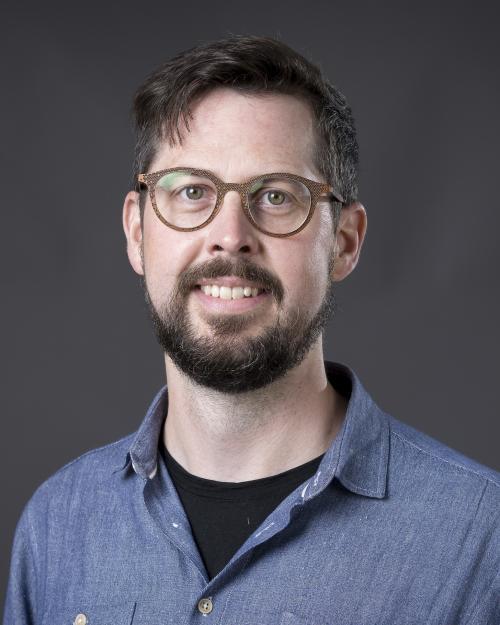
Bit of a Stretch: Flexible, Stretchable, and Printable Circuits and Systems
Presentation Menu
The basic structure and function of a printed circuit board (PCB) has changed little in the last 50 years; individual integrated circuits and passive components are connected through copper traces, patterned from thin copper sheets laminated to a rigid fiberglass substrate. Advances such as flexible circuit boards, built on polyimide sheets, add some amount of flexibility, but these do not provide stretch or alter traditional 2D circuit topology. In contrast, there is an emerging set of applications that require stretchable, compliant electronics – including wearable devices, instrumented fabrics, and soft robots with distributed sensors and computation.
Developing stretchable electronics faces two primary challenges: integration of active semiconductor devices in elastic substrates and providing stretchable, conductive interconnects. In this work, we combine 3D-printing of liquid metal materials with silicone rubber and PCB fabrication techniques to build solid 3D objects with active and passive electronic components distributed throughout. Through additive, layer-by-layer construction, electronic devices can be inserted and connected throughout the 3D structure. In this presentation, we will summarize our efforts in process development, material characterization, electrical modeling, and stretchable circuit fabrication demonstrating the potential of using liquid metal materials for realizing flexible and stretchable electronic systems. This approach allows us to build multi-layer "stretchable PCBs" and it provides the ability to print sensors and passives using the same material.
Stretchable electronic circuits and systems will be critical for future wearable devices and smart textiles, where existing fabrication approaches severely limit conformal deformation. This is especially true for wearable sensors and actuators, conformable electronic skins and textiles, soft robots, and emerging physical human-machine interfaces.
